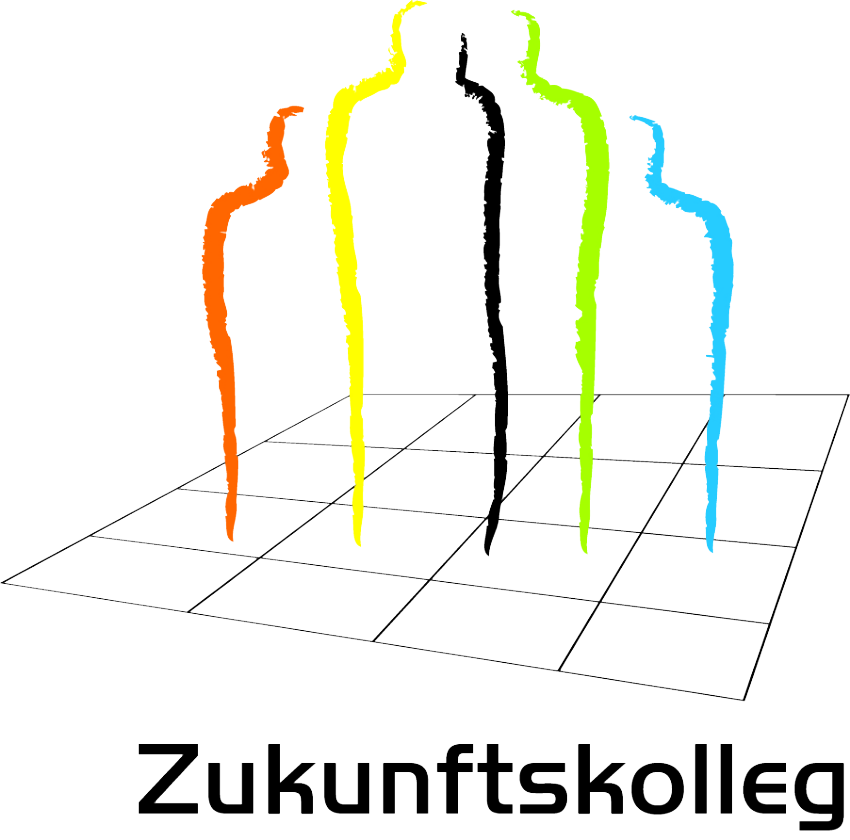A city memory?
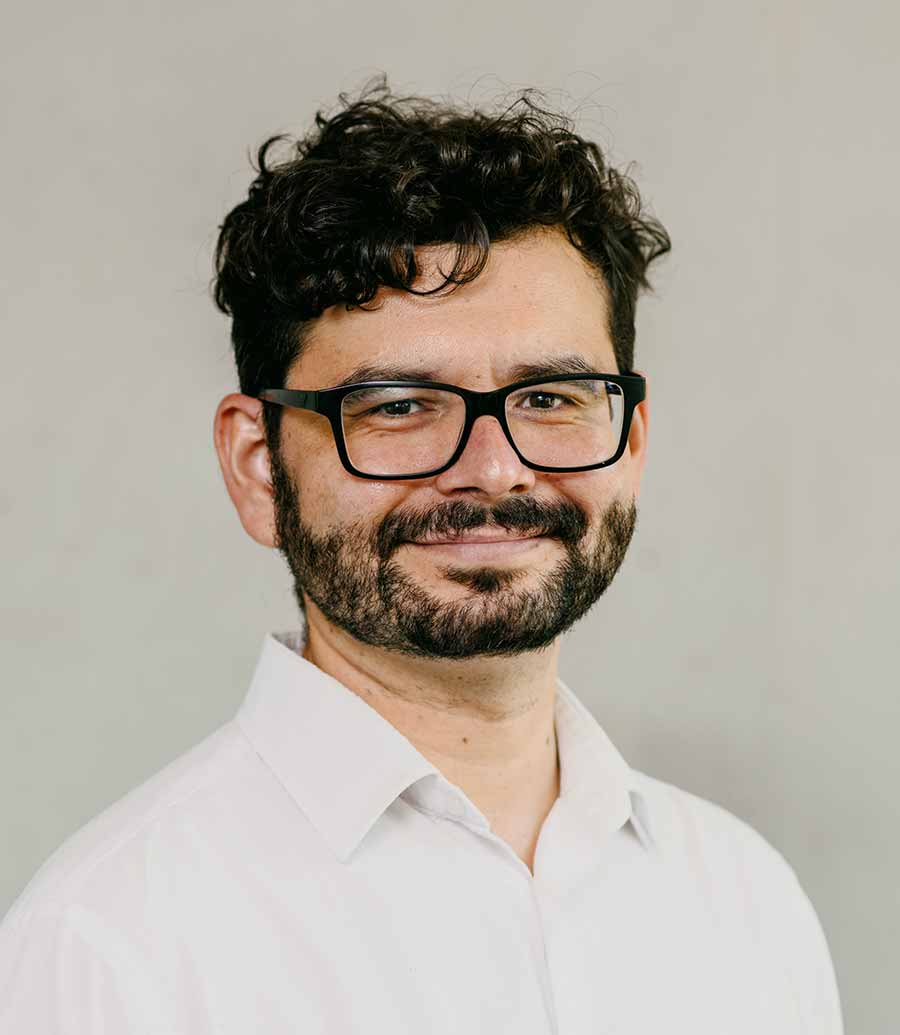
Gruia Badescu
History and Sociology
Gruia Badescu has been a Research Fellow in History and Sociology at the Zukunftskolleg since July 2020. In his research project, he examines how urban imaginaries are reshaped by political change and how this has an impact on the spatial reconfigurations of cities.
He has been researching cities undergoing transformations after war and dictatorship for more than a decade now. He is interested in how various actors reshape the built environment and how this reconfigured urban space impacts on social practices – in other words, how the built environment and social processes influence each other in times of upheaval. He has thus looked at post-war reconstruction as well as post-dictatorship urbanism. “Memory plays an important role here, as do the main narratives that mobilize at different scales: what kind of stories exist about the war or political violence, and what mechanisms are used to come to terms with a difficult past,” explains Gruia. “From earlier work, one insight that emerged was that the way that cities are imagined by their residents, and particularly by a configuration of elites, has played a role in how they were reshaped after political ruptures. One important imaginary was the cosmopolitan one – residents of Sarajevo and Rijeka, for instance, were and are proud of their city’s cosmopolitanism, even if today the population is less mixed and diverse than before the wars which affected the cities.”
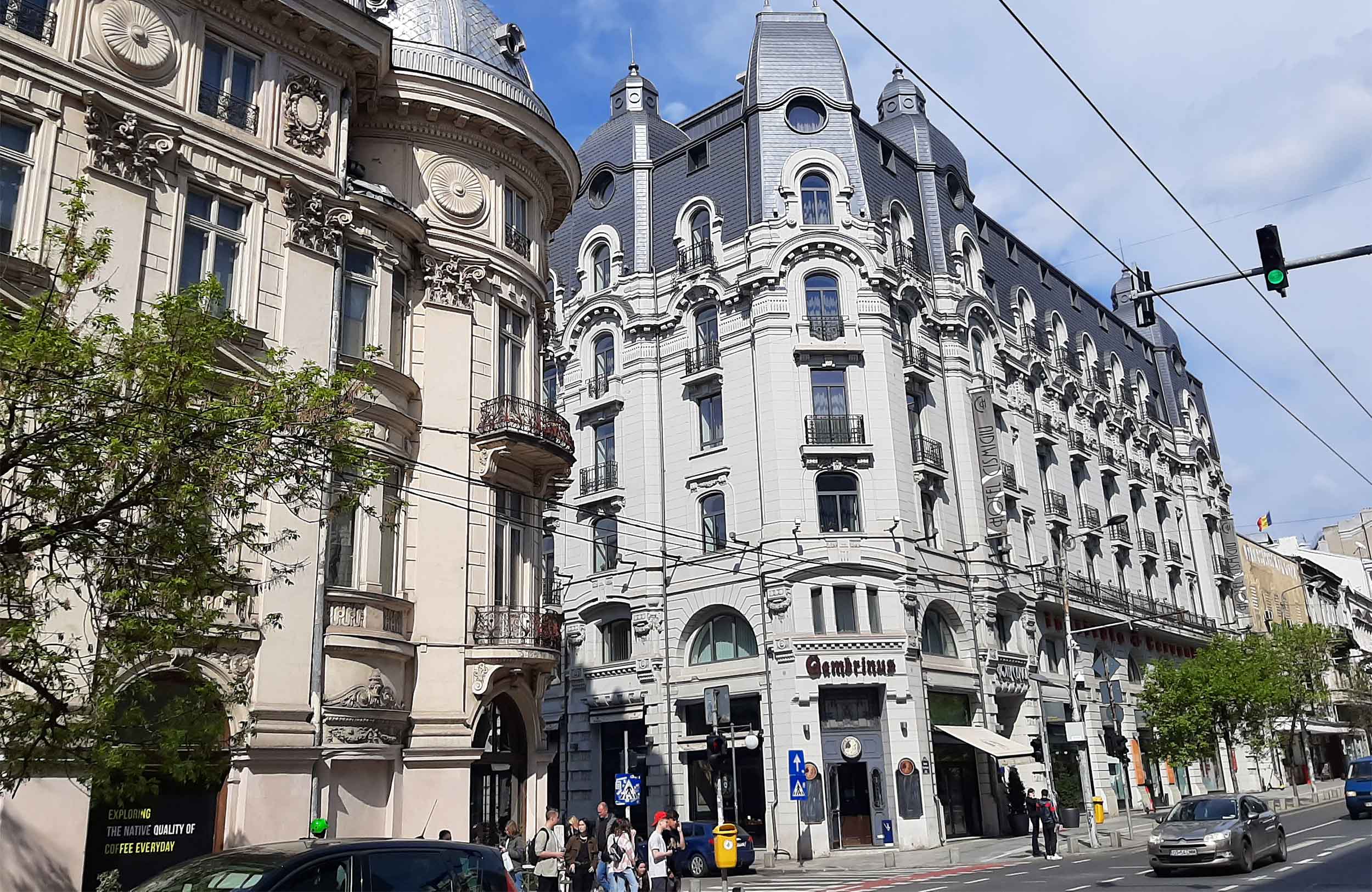
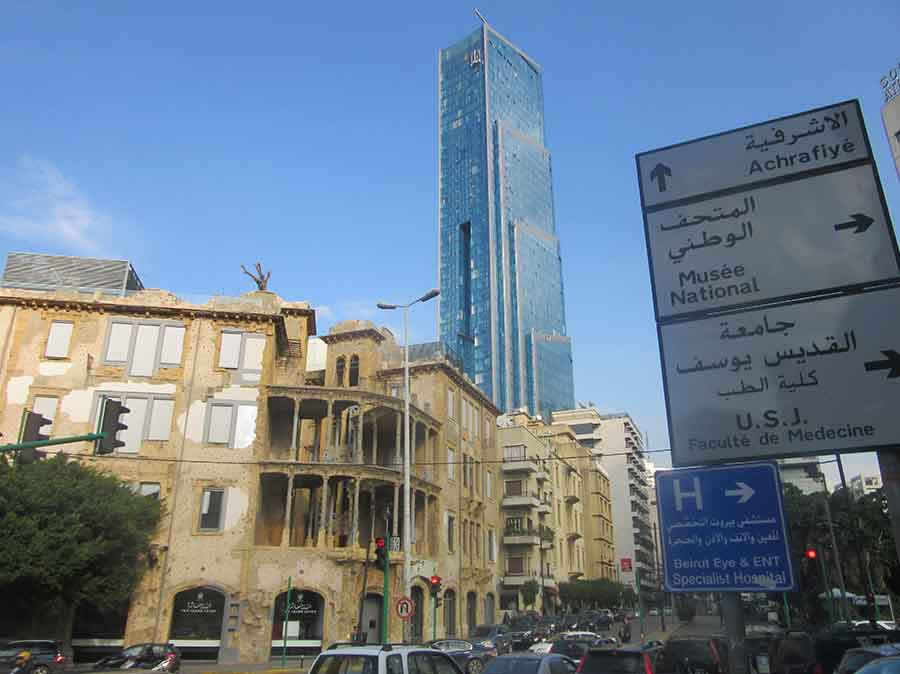
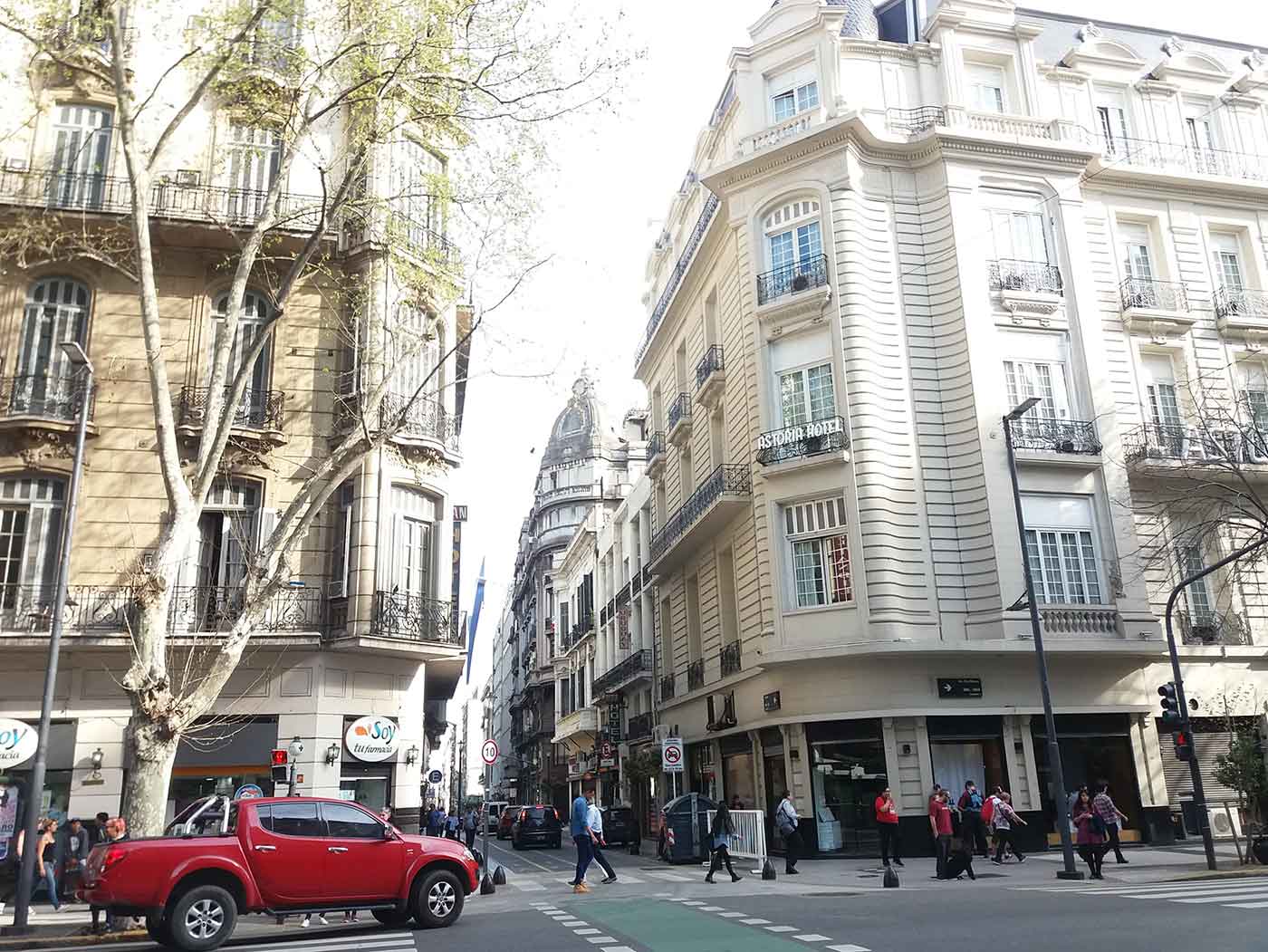
Historians often connect cosmopolitan imaginaries to the role of empire. In his research group, Gruia Badescu traces this cosmopolitan imaginary in post-imperial cities that underwent war and political violence, such as Sarajevo, Rijeka and Thessaloniki. A second imaginary he examines is that connected to urban modernity, in the form of Paris, described by Walter Benjamin as the capital of the nineteenth century. “I examine how three cities on different continents were reshaped in their imaginaries as the Paris of their region: Beirut as the “Paris of the Middle East”, Bucharest as the “Paris of the Balkans”/ “Little Paris” and Buenos Aires as the “Paris of Latin America”. Working in these three cities before on the topic of post-war reconstruction and post-dictatorship spaces, I was struck by the similar imaginaries, by a certain similarity in the urban atmosphere, but also by the particularities of each context.” This exploration of Parisian imaginaries, to become his second book, will therefore examine not only how the Parisian imaginary came to be – from architectural reconfigurations to literary representations – but also how it was challenged, reshaped, and mutated during and after times of civil war and dictatorship, which the three cities experienced in the second part of the twentieth century.
What are urban imaginaries?
“Urban imaginaries are the ways in which people understand and represent a city. They are connected to the built environment – the image of the city – but also to its atmosphere, the social practices the city harbours. German sociologist Martina Löw talks even of an intrinsic logic of each city, the way a city ticks. Yet the imaginary is more of a social construction, a representation, it can well reflect the aspirations, hopes, as well as fears of various social groups. According to an early theorist of imaginaries, Cornelius Castoriadis, the imaginary is a creative social practice that guides transformation. As such, I examine the urban imaginary as the ways that cities reflect aspirations of Parisian modernity and cosmopolitanism, as well as in the way that the imaginary morphs, affected by ruptures such as war and dictatorship.
How were the urban imaginaries of cities reshaped by political change?
This is what I will be exploring in the field in Bucharest, Beirut and Buenos Aires, starting in the 2022/2023 winter semester. From my preliminary research, I can tell that these imaginaries endure even after much upheaval, yet they have been challenged by other imaginaries and aspirations (for instance, North American cities for Buenos Aires) or by competitive remakings (for instance, the 1980s Victory of Socialism Boulevard in Bucharest was meant, in an act of defiance by Nicolae Ceausescu towards the pre-communist Parisian reference, to surpass the Champs Elysées in Paris). As for cosmopolitanism, I see both endurance and mutation. In Sarajevo and Rijeka, for example, war and population change have led to a more homogeneous demographic landscape today, but the cosmopolitan imaginary has endured. Nevertheless, other forms of exclusion have emerged – what I call “exclusionary cosmopolitanism”, in which newcomers to cities are othered by the old residents.”
Intersectoral cooperation
In another project, Gruia is collaborating with Lebanese filmmaker Sabine El Chamaa. Gruia has been researching Sarajevo and Beirut since 2008, when he received a National Geographic Society grant to study the reconstruction of the two cities and how that connected with post-war reconciliation. After many years in the field, he is now critical of the term “reconciliation”. But his interest in the built environment and memory in the two cities has remained very strong. He has written several articles on the comparison of the two cities, from the dynamics of post-war reconstruction to imperial legacies in urban space, urban memory and amnesia, as well as the imaginary of cosmopolitanism in both.
“In 2018, I attended a conference in Sarajevo, where I met Sabine El Chamaa. From the start, we had great conversations about cities and memory. Sabine is from Beirut and came to Sarajevo in 2005 to film a documentary about the siege. We said we should do a project together at some point. When I joined the Zukunftskolleg and heard about the Intersectoral Cooperation grant for fellows, I got very excited and contacted Sabine. This is how “Sarajevo-Beirut Intersections” came about.”
The goal is to shape a visual dialogue between the two cities. For the researcher, this is an opportunity to further compare the two cities, beyond the realms of writing and architectural photography that were his previous focus. He also sees this project as a “Thank You” to the people in the two cities who have been part of this research and also of the broader journey of discovery in the two cities. The intention is to display a film and an installation in the two cities so that people can experience, think about and feel the other city as well as to provoke questions and initiate a further dialogue between two regions long connected in the past, but not much in touch today. For Sabine, it might be an avenue for continuing her experimental filmmaking, it is a project about affect in the city. They have discussed a lot how to bridge the two angles from which they started: for Gruia, the architectural, spatial and urban memory angles; for Sabine, the intimate spaces, the affective.
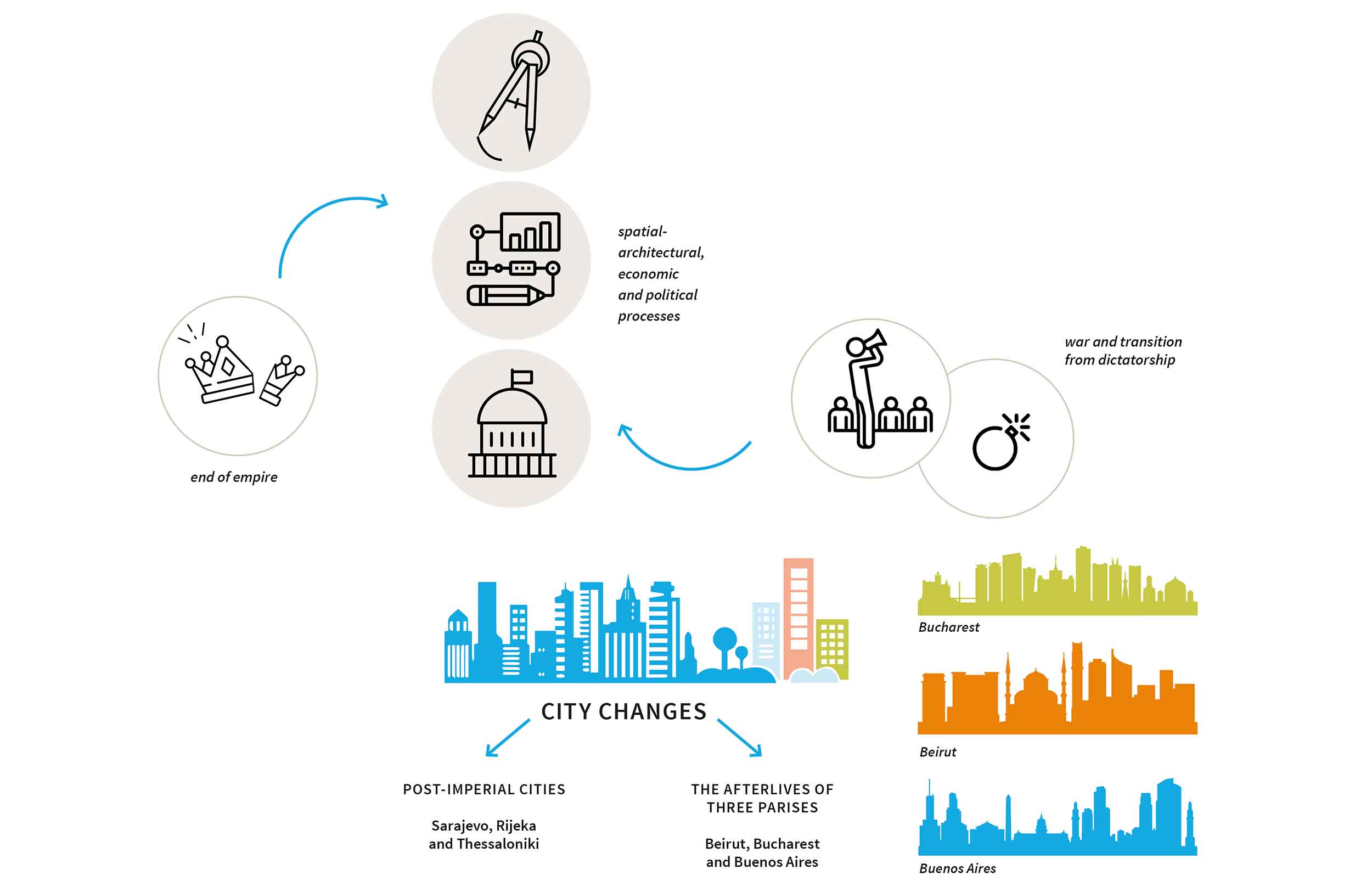
How do the urban histories, memories and imaginaries of Sarajevo and Beirut mirror each other?
“Sarajevo and Beirut share multiple things. First, their urban history, including an Ottoman past, then urban makeovers during the Habsburg rule over Bosnia and Herzegovina and the French mandate in Lebanon, a new modernization and confidence after 1945 during socialist Yugoslavia and independent Lebanon, then difficult times of war and destruction in the last part of the twentieth century, followed by reconstruction – which followed very different trajectories in the two cities. Moreover, their populations have traditionally represented a mix of different groups of Christians, Muslims and Jews, most sharing a common language. While many cities in the former Ottoman realm had such religious diversity, they also featured linguistic and ethnic divisions – take Nicosia and Jerusalem for instance – while in Sarajevo and Beirut, language was not a signifier of difference – at least until the Bosnia and Herzegovina after the 1990s, when “our language” became three official languages. A built environment featuring multiple layers of the past, mosques and churches, imperial heritage, daring architectural modernism, has been the stage for celebrated cosmopolitanism as well as outbursts of conflict in the later twentieth century. There are many differences as well: of scale – Beirut is much larger today – , of setting – a Mediterranean city vs. a mountain Balkan city –, of the socialist experience, and particularly the post-war settings after the 1990s, as well as how memory markers abound in Sarajevo – plaques, monuments – while in Beirut, the state performed more a politics of amnesia. With Sabine, we discuss this a great deal. In any case, for me, comparisons and intersections do not mean just mere similarities, but also learning from contrasts. We focus on intersections and dialogue, but all through the subjective lens of experience. Sabine’s take was to bring our own stories and engagements into the project, to reflect on our affective relations to the place, and even on the frictions between visions, or the circumstances that occur in the filming process – for instance, the presence and absence of characters from one city in another in a narrative storyline of encounters.”
Since the beginning of his fellowship in July 2020 (although we found ourselves in the pandemic), Gruia has started many collaborations with international researchers and institutes – aside from the ongoing projects of which he was already part (e.g. the SSHRC-funded project Rijeka in Flux, the Memory Lab (Trans-European Platform on History and Remembrance), INURA, the International Network for Urban Research and Action, etc.). “For instance, the new working group Memory, Space and Place of the Memory Studies Association which I created with two former colleagues from Cambridge and Konstanz has become a vibrant community of scholars, who exchange ideas, for now online. Twitter, which I had recently joined, brought new connections – from people who contacted me after reading articles that were shared there to fruitful collaborations. For instance, together with a scholar I first engaged with on Twitter, Professor Emanuela Grama (Carnegie Mellon), we organized a series of panels and round tables at conferences, bringing together scholars of critical heritage studies. On the topic of heritage, I was happy to be invited by Germany’s Federal Ministry of the Interior and Community to join the Action Group on Dissonant Heritage, working together with a number of researchers and institutions Europe-wide to shape a new EU policy on heritage associated with difficult pasts, such as wars and dictatorships.”
In addition, Gruia was an active part of the team of the Europe for Citizens project led by Croatian NGO Documenta, Dealing with the Past. Through the Humboldt network, he met many scholars, and despite the limitations of the time spent online being so limited, with some, the follow-up led to plans for future collaborations. One such fellow, Valeria Vegh Weis, joined the fellows in Konstanz as a Research Fellow of the Zukunftskolleg. As the pandemic restrictions started to wind down, he was able to conduct his Humboldt Fellowship Europe research stay in Barcelona, where he was hosted by EUROM (the European Observatory of Memories) at the University of Barcelona. “My research stay there brought me in contact with talented researchers from Spain and Latin America. As I prepared my fieldwork in Argentina, the Zukunftskolleg put me in touch with the Institute of Advanced Studies in Belo Horizonte, where I started engaging with two fellows there for possible collaboration, as well as with CALAS. In Germany, together with scholars from Bamberg and IRS Erkner, we are setting up an international network on mapping heritage transformations.”
